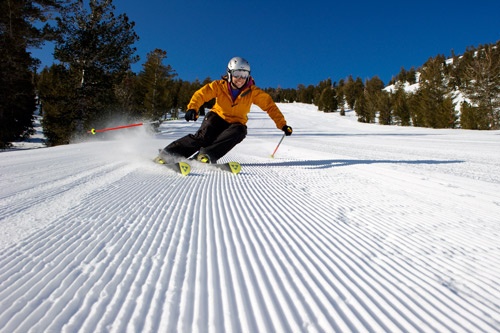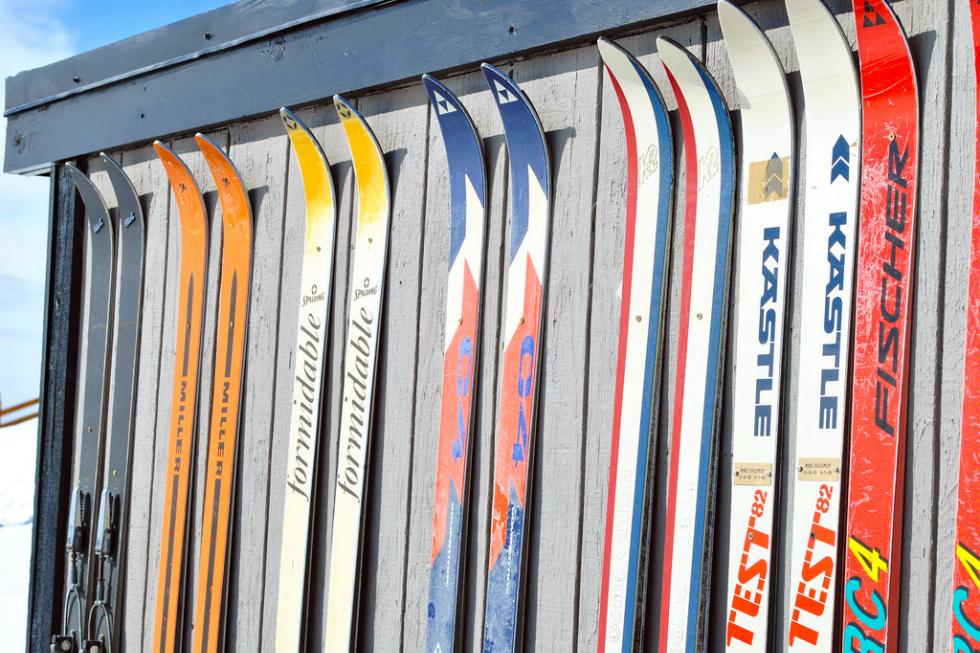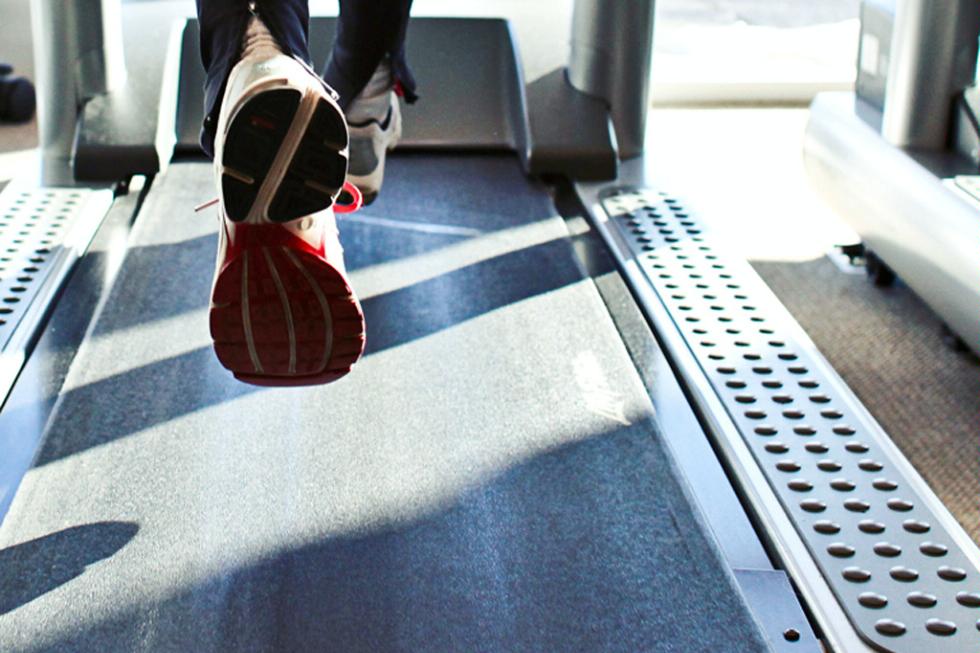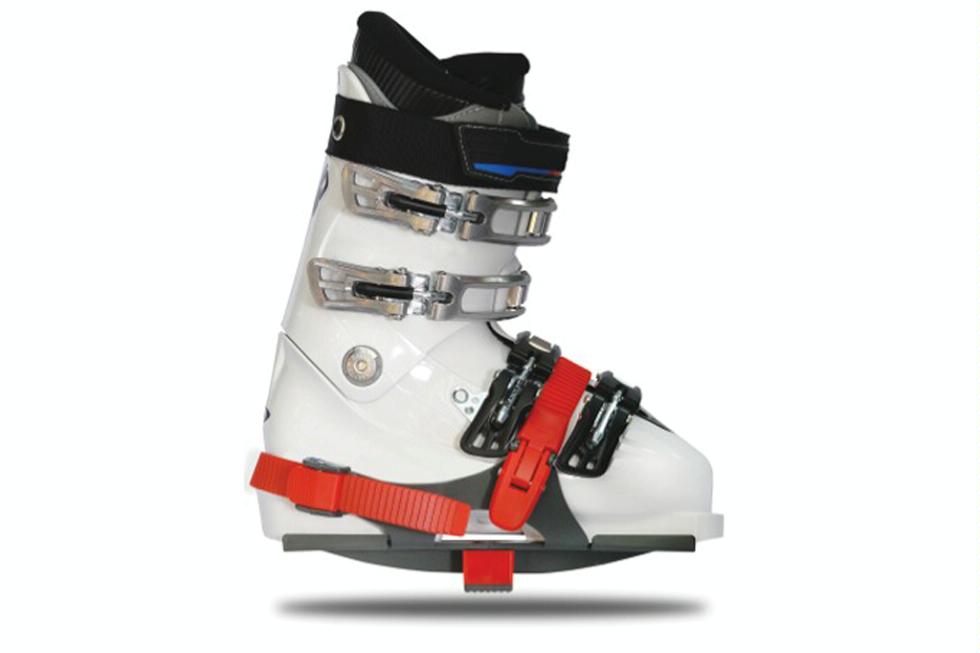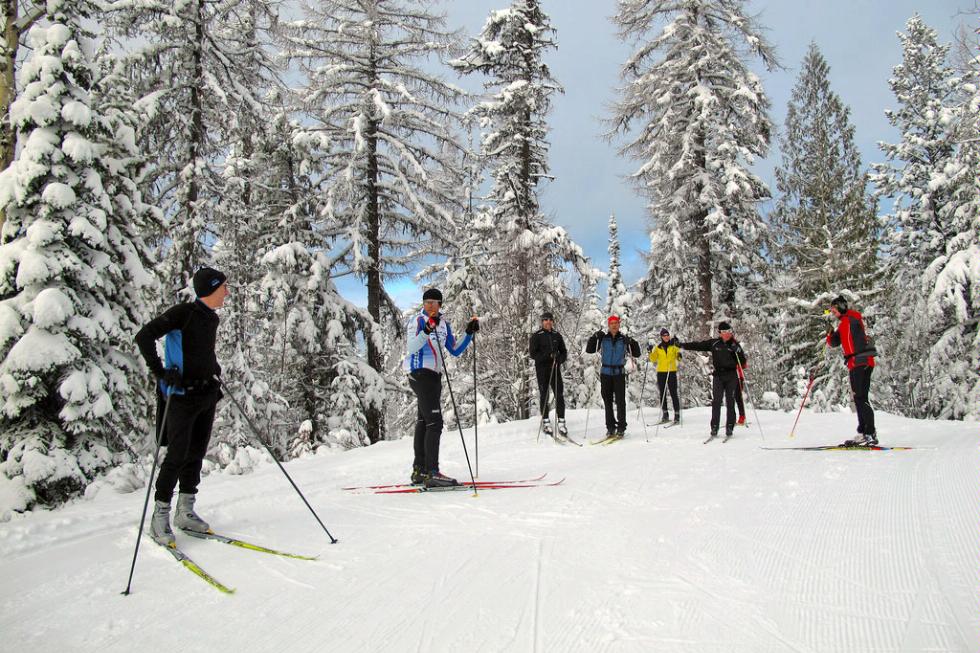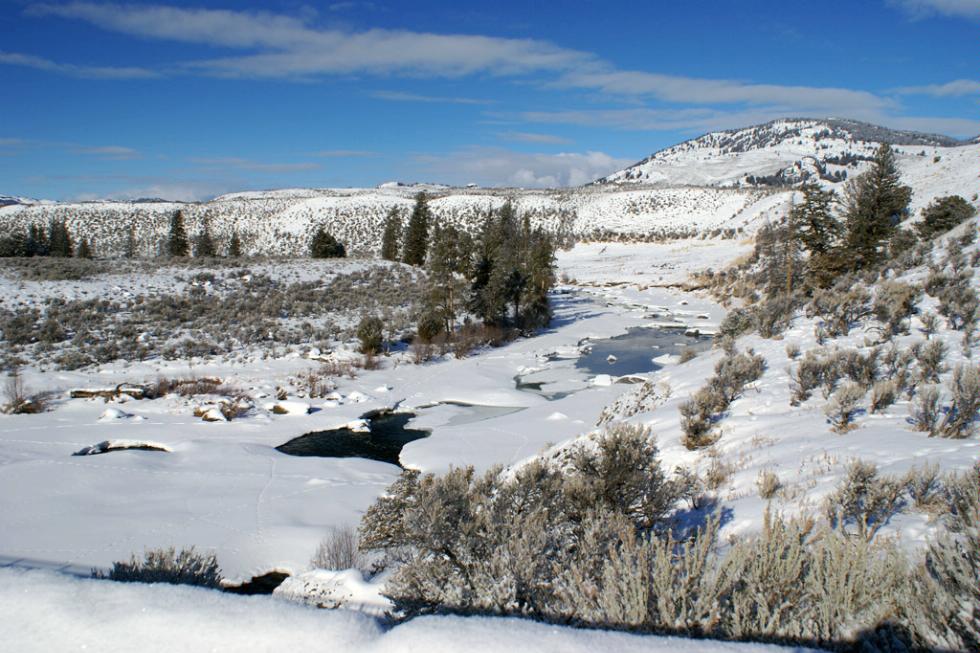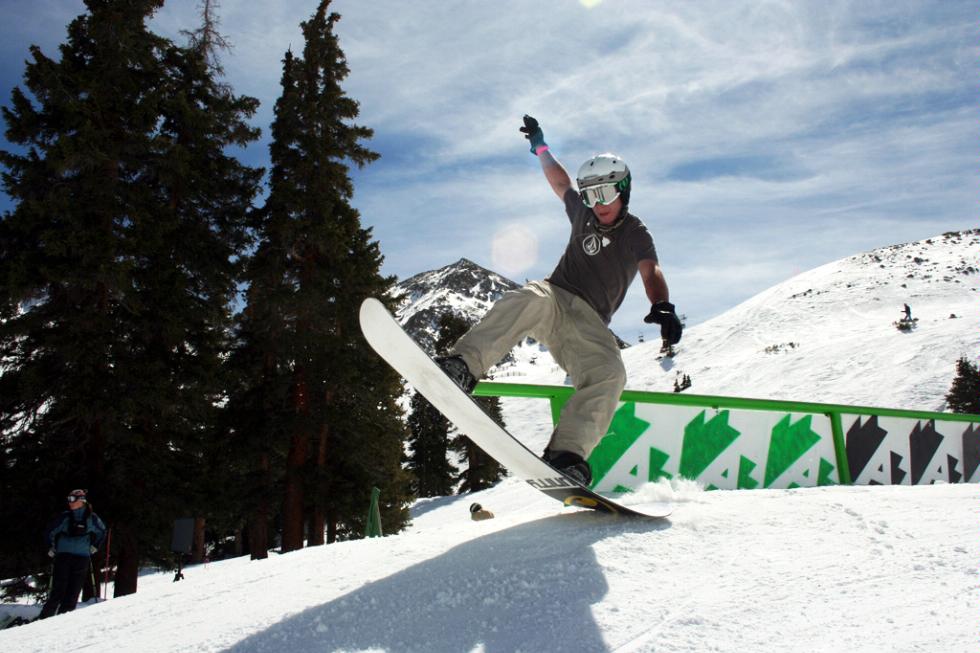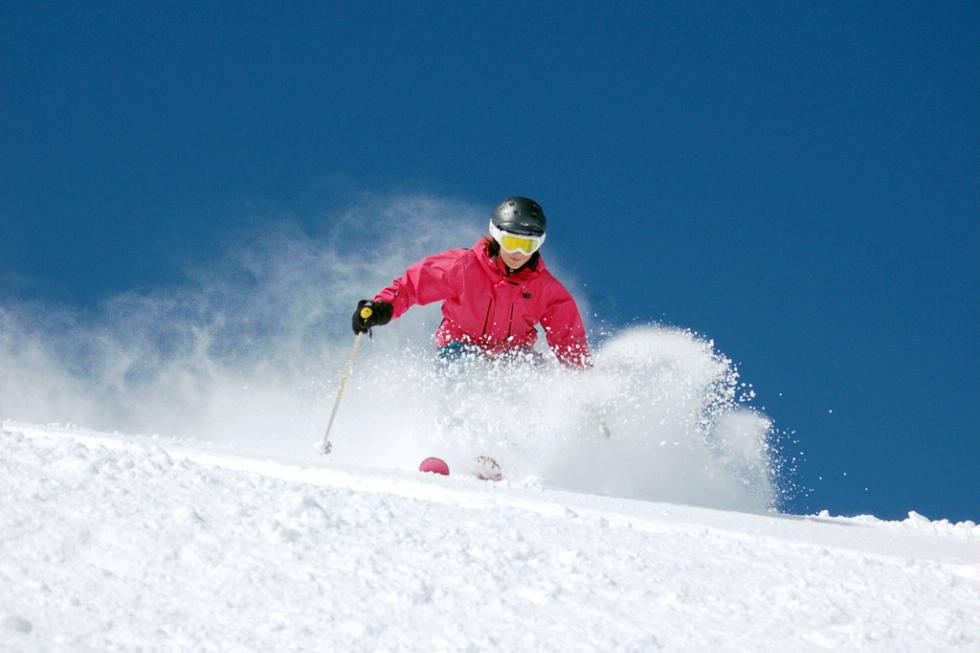Eight Ways to Plan a More Affordable, Safer Ski Vacation
By Frommer's StaffTwo passes cover the vast majority of ski resorts in the U.S., Canada, and Europe, and both try to encourage pre-season buys by slashing prices if you purchase before a flake of snow has fallen.
When compared with simply arriving at a resort and paying the walk-up price, both passes pay for themselves within 3 to 5 days of skiing (the amount will vary by resort, and type of pass).
The Epic Pass covers skiing at some of the (yes) most epic ski resorts in North America including Vail, Whistler/Blackcomb (pictured above), Stowe, Park City, Telluride, Sun Valley, and others. Along with passes that will allow you to ski anywhere within its system, Epic also has regional passes and time-limited passes (for folks who know they won't be skiing for more than, say, 5 days in a season).
Specialized passes are also available for seniors, students, folks with disabilities who do adaptive skiing, members of the military, and other groups. Epic Pass also offer discounts on lodging, lessons, rentals, and more.
The Ikon Pass covers Snowmass, Taos, Jackson Hole, Alta, Killington, Revelstoke, Kitzbühel (in Austria), Zermatt Materhorn (Switzerland) and others. It has similar options to those offerred by Epic, but it offers fewer additional discounts on lodgings and the like.
For skis, limit your search to ones from the last two or three seasons. If they're older than that, they're more likely to have unseen internal damage. You don't want to risk it.
Boots are an easier buy because they don't get as badly damaged as skis. If the idea of someone else's sweaty feet grosses you out, buy new liners.
For clothing: Check if garments are still waterproof by dousing them with water. If the liquid soaks the fabric instead of beading up, you may have to invest in a sealant (like Nikwax or GearAid).
Among the websites where you can shop for at-your-own-risk used gear are community standbys like Craigslist and NextDoor. But there's no guarantee of quality there. We'd suggest that you look instead at sites like New Schoolers, Evo, or the local ski gear store in a near-mountain town.
Photo: a line of skis in Jackson Hole, Wyoming
The Indy Ski Pass covers a number of these smaller resorts in the U.S. and Canada (as well as in Japan), and can be a money saver. Crunch the numbers.
Photo caption: Snowboarding in the Arapahoe Basin in Colorado.





